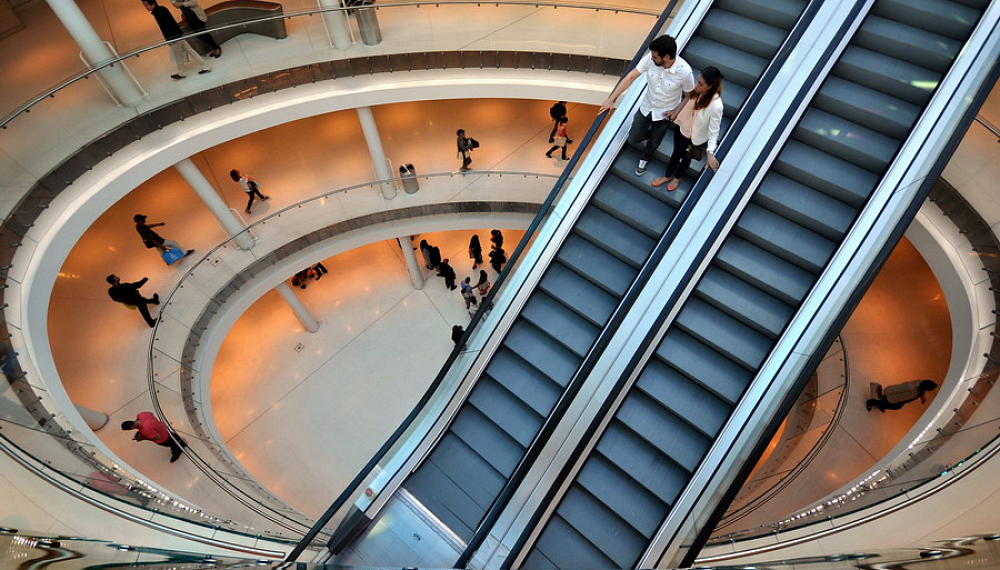In Europe, Volumes of New Shopping Centers Construction Continue to Fall

In Europe, volumes of construction of the new shopping centers continue to fall. Experts attribute this trend to the growth of online trading. However, it allows developers to use innovative approaches to design and construction of new shopping and entertainment centers that will combine shopping, food, entertainment, and leisure for the entire family.
According to the last EuropeanShoppingCentresReport prepared by Cushman & Wakefield analysts, in 2017, the volume of shopping centers construction in Europe was 3.8 million square meters, which was a fall by 23% in comparison to the previous year.
At the beginning of 2018, the total area of all European shopping centers has increased by 2.3% compared to the beginning of 2017, and reached 166.5 million square meters. The largest share of 109.7 million square meters is attributed to Western Europe. In addition, 56.8 million square meters are located in Central and Eastern Europe.
In the second half of 2017, Turkey built 495 thousand square meters, and became number one among countries-developers. It pushed Russia, with an indicator of 330 thousand square meters, to the second place. According to report, the third place belongs to Poland, which constructed 298 thousand square meters.
Analysts believe that changes in consumer behavior and the growth of online trading present a serious problem to owners of shopping centers and retailers, but can also provide new opportunities for growth. In the next two years, experts forecast approximately 6.6 million square meters of land will be used for new construction. At the same time, according to their forecasts, a clear division between East and West will continue. Thus, in Western Europe construction is expected to decrease by 21.3%, and in Central and Eastern Europe - an increase of 12.3%. It will be a continuation of the trend of the last ten years, when Western Europe lagged behind Central and Eastern Europe in terms of the growth of finished construction.
Silvia Jodlowski, the author of the report and a senior analyst at Cushman & Wakefield, commented: “The growth of online trading, changes in consumer behavior and expectations, technological development, and ever-growing demand affect the development of European shopping center industry and lead to the reduction of new construction. This trend occurs primarily in the more developed Western European markets as well as in Central and Eastern Europe.” According to Ms. Jodlowski, the main focus of designers today is the quality of new shopping centers. Well designed and good quality spaces are still very important for the owners of shopping centers in order to attract customers. Developers have this advantage, as the combination of retail, leisure, and entertainment is still not available on the Internet,” the expert says.
Justin Taylor, the head of EMEA Retail at Cushman & Wakefield, adds that today's shopping malls are very different from those that were created twenty years ago. “They must constantly evolve to remain interesting for more experienced and demanding customers. The term “shopping center” is gradually becoming irrelevant, because the main focus is not on purchases as such. More important are the impressions that come together from shopping, gastronomic pleasures, entertainment, and additional services,” said Mr. Taylor.
Kristina Naumova















